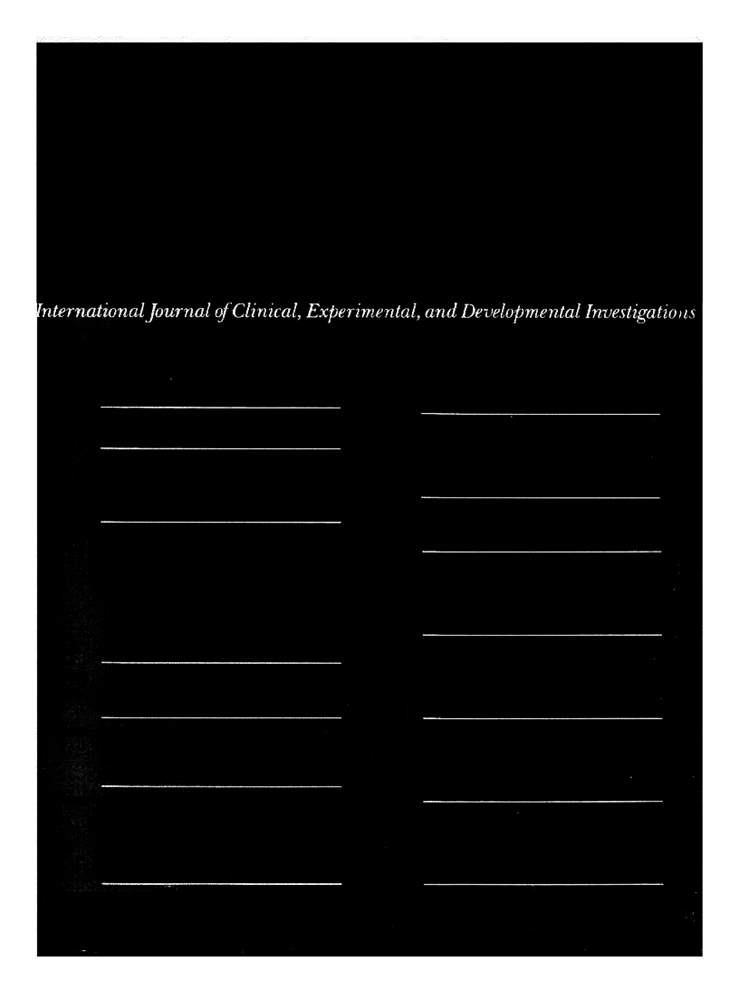Identification of the Cause of Separation (Creaming) of Lipid Emulsions in Intravenous Infusion
Summary
Over a 2-month period, white deposits were found in infusion sets delivering parenteral nutrition mixtures that included a lipid emulsion. When components of the infusion were mixed in the laboratory, separation (creaming) of the emulsion could be demonstrated, and this enabled us to predict the concentrations of the prescribed infustes that were likely to cream. Further investigations showed that creaming occurred when the lipid emulsion was mixed with heparin and calcium ions at concentrations above 1 U/ml and 1 μmol/ml, respectively.




